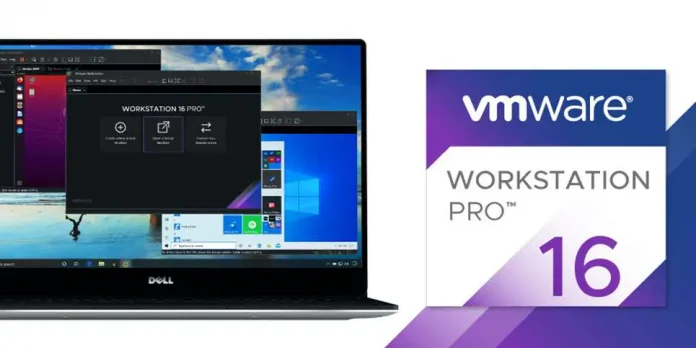Back in early 2023 during its first Galaxy Unpacked of the year, Samsung dropped a bombshell: It was joining hands with Google and Qualcomm to develop a mixed-reality platform. In the nearly two years since that initial teaser, we’ve heard little about the partnership, though tidbits have made their way out to the public now and then. Today, Google finally unveiled Android XR, a new version of Android built from the ground up for XR devices. The first product to launch with Android XR will be Samsung’s long-awaited VR headset.

Related
Samsung’s XR glasses could steal the Galaxy S25’s thunder at the next Unpacked
But in a prototype form
Today’s Android XR announcement is all about the new platform and not any specific hardware, so don’t expect a ton of new info on Samsung’s upcoming VR headset. However, it’s impossible to talk about a new XR platform without at least demoing it on prototype hardware, which is exactly what Samsung and Google did today. Ahead of its launch in 2025, Samsung gave us our first look at its upcoming VR headset code-named “Project Moohan.”
Meet Project Moohan, the Samsung VR headset running Android XR
“Project Moohan” is the first VR headset designed for Android XR. Its code-name reflects the fact that the device offers a “customizable, boundless immersive viewing experience” (the word “Moohan” means “infinity” in Korean). Samsung says its “Moohan” device has the “most comfortable, lightweight, and ergonomic design” among VR headsets. It’ll offer passthrough cameras as well as a “boundless display with rich content all around you” that you can smoothly interact with using your hands, eyes, and voice.
That’s all the information that Samsung shared with us during our briefing. The company declined to reveal specific hardware details on the headset’s display, only stating in a press release that it’ll be “state-of-the-art.” That could mean the headset will have micro-OLED displays, though it’s unclear if they’ll be sourced from within Samsung or from a third party — rumors suggest Samsung may procure its displays from one of its competitors, as its own micro-OLED technology won’t be ready until 2026. The Apple Vision Pro, for comparison, uses micro-OLED displays from Sony.
As for the processor, Qualcomm confirmed in its own press release that the headset will be powered by its Snapdragon XR2+ Gen 2 chipset. According to our sister site How-To Geek, the Snapdragon XR2+ Gen 2 is an upgraded version of the chipset that powers the Meta Quest 3. Compared to the XR2 Gen 2, the XR2+ Gen 2’s GPU and CPU frequencies are 15% and 20% faster, respectively. The chipset supports a resolution of 4.3K per eye running at 90fps (or 3.7K per eye at 120fps), a max of 12 concurrent cameras with full-color video passthrough and depth sensing, and the latest connectivity standards in Wi-Fi 7 and 6E.
Although the Snapdragon XR2+ Gen 2 would theoretically allow Samsung’s VR headset to output significantly higher resolutions per eye than the Meta Quest 3, it remains to be seen whether Samsung will actually ship such displays. A high resolution display will make the VR headset feel more immersive and make text more readable, which is important for productivity, one of the cornerstones of the Android XR platform. Samsung may unveil more details about its VR headset at its upcoming Galaxy Unpacked event, where the company is also rumored to showcase its XR smart glasses, so stay tuned to our coverage to find out.
An earlier report from Business Insider suggested that Samsung’s VR headset will launch in March 2025, but the report also said that a developer version of the device was planned for release two months ago, so it’s possible that date has been pushed back. We don’t know what the price of the Samsung VR headset will be when it goes on sale next year, but given that it’s rumored to be a high-end headset aimed at competing with the Apple Vision Pro, it likely won’t be cheap.
Equally important as its price is its software experience, as a VR headset without killer apps and games won’t have a very bright future. Fortunately, Google promises there will be a lot of VR games and apps available on Android XR, with more to come as developers get their hands on developer kits and SDKs.







